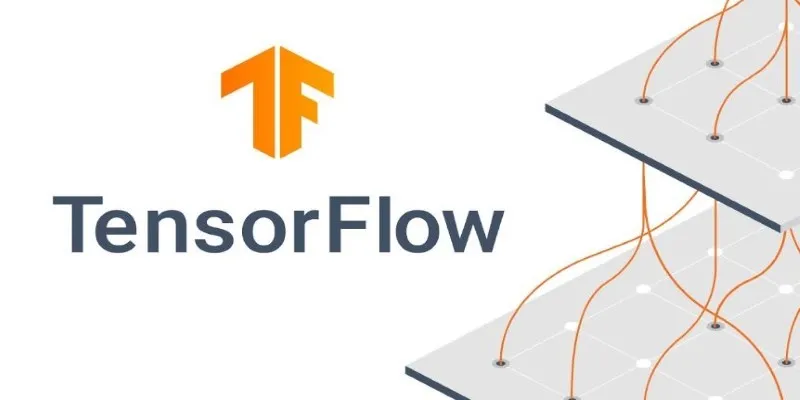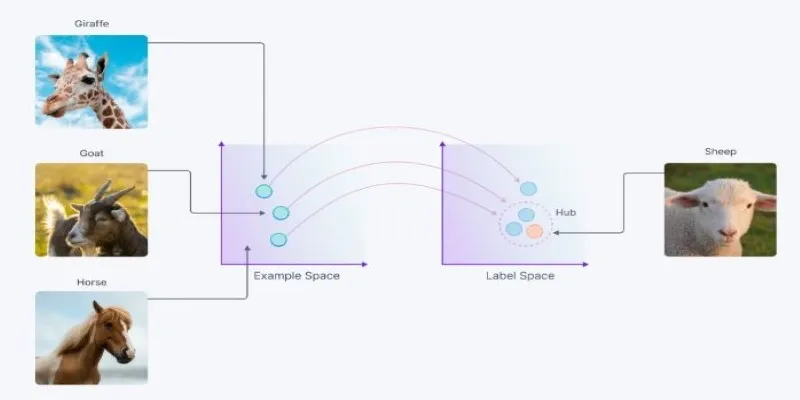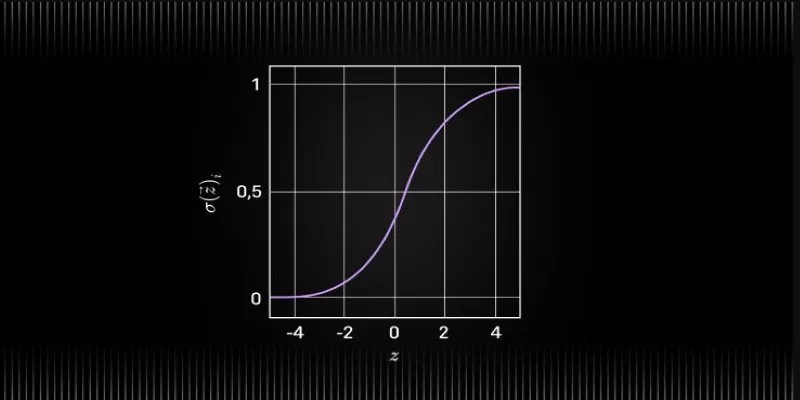Choosing the right machine-learning library can feel like navigating a maze, especially when both Scikit-Learn and TensorFlow are powerful in their own right. If you’re just getting started with machine learning or trying to scale a project, you’ve probably come across these two names repeatedly.
While they serve different use cases, people often find themselves comparing them head-to-head. In truth, your decision should depend on what you’re building, not just what’s popular. So, let’s step away from the buzzwords and dive into a clear, straightforward comparison of Scikit-Learn vs TensorFlow.
Understanding the Core: Purpose and Philosophy
Scikit-Learn and TensorFlow are built with different goals in mind. Scikit-Learn is often the first library people use when stepping into the world of machine learning. It’s written in Python and designed with simplicity and efficiency for classical machine learning models, such as decision trees, linear regression, support vector machines, and clustering techniques. Its APIs are intuitive, well-documented, and built for quick experimentation. It’s excellent for tabular data and statistical modeling, where interpretability and speed matter more than complex architectures.
TensorFlow, by contrast, is a deep-learning powerhouse. Developed by Google, it’s not just a library—it’s a full-fledged ecosystem designed for building, training, and deploying neural networks and large models. It has GPU acceleration, distributed computation, and production-level deployment support, which is well-suited to sophisticated use cases like image classification, natural language processing, and reinforcement learning. TensorFlow also works well with Keras, a high-level interface that simplifies building neural networks.
The philosophy behind Scikit-Learn is about accessibility and quick iterations on smaller datasets. TensorFlow, conversely, is about flexibility and scalability for heavy workloads and complex data pipelines. Understanding these core intentions helps clarify which one suits your specific needs.
Use Case Differences: Where Each Shines
Scikit-Learn is ideal for projects that need classical models and interpretable results. If you’re working on churn prediction, credit scoring, customer segmentation, or even simple time series forecasting, Scikit-Learn gets the job done with minimal setup. It includes preprocessing tools, model selection utilities, and performance metrics, all under one roof. You don’t need to manage session graphs or optimize GPU memory. It’s lightweight and fast—perfect for structured data.

TensorFlow shines in areas that require layered neural networks. Deep learning applications, such as voice recognition, machine translation, and image detection, benefit from TensorFlow’s ability to process unstructured data. If your project involves working with high-dimensional data, such as pixels or sound waves, TensorFlow provides the tools to build convolutional, recurrent, or transformer-based networks.
The secondary keyword “machine learning library” plays out differently in each context. Scikit-Learn is a great machine-learning library for prototyping, benchmarking, and academic research. TensorFlow, however, functions as a machine learning library that supports full-scale production and continuous training systems. Each is effective but in its lane.
Another key distinction lies in scalability. Scikit-Learn is optimized for performance on a single machine and isn’t built to scale across multiple nodes or handle massive data streams. TensorFlow, by contrast, is equipped with TensorFlow Serving and TensorFlow Extended (TFX) for model deployment, monitoring, and workflow orchestration at scale. It was designed with large-scale production in mind.
Learning Curve and Ecosystem
Let’s talk about ease of learning. Scikit-Learn is praised for its shallow learning curve. You can load data, train a model, and make predictions in under ten lines of code. Its consistency in API design makes transitioning between algorithms smooth. Because it abstracts away much of the complexity, it’s particularly friendly to beginners and analysts.
TensorFlow is more complex to master. While Keras helps simplify the experience, TensorFlow’s native interface involves tensors, sessions, and control flow operations that can be overwhelming for newcomers. That said, for those looking to master deep learning, understanding TensorFlow is a must. It provides more control over network architecture and training processes, becoming valuable in more sophisticated projects.
The ecosystem is another important factor. Scikit-Learn is part of the broader SciPy stack, working seamlessly with NumPy, pandas, and matplotlib. It doesn’t require heavy hardware and integrates well with Jupyter Notebooks. TensorFlow, meanwhile, benefits from broader toolsets for model visualization (TensorBoard), mobile deployment (TensorFlow Lite), and web applications (TensorFlow.js). It’s actively supported by a large community, including Google’s own research and engineering teams.
Still, it’s important to note that Scikit-Learn and TensorFlow aren’t mutually exclusive. In many real-world pipelines, they coexist. For example, one might use Scikit-Learn for feature engineering and initial analysis, then switch to TensorFlow for deep learning and deployment. Think of them not as competitors but as tools in the same toolbox—each with a specific purpose.
Performance, Flexibility, and Real-World Application
Performance is often the deciding factor for many teams. Scikit-Learn is efficient for traditional models but is limited when it comes to custom logic and GPU optimization. TensorFlow handles these better. It lets you fine-tune learning rates, loss functions, and training loops far beyond what Scikit-Learn was built for.

Flexibility is another area where TensorFlow stands out. You can build custom layers, define new loss functions, and control optimization routines to a high degree. This matters in research, where defaults don’t always work. Scikit-Learn is more opinionated—it provides fewer degrees of freedom, but this constraint often leads to faster and cleaner development.
In real-world applications, Scikit-Learn powers dashboards that update daily or weekly, utilizing linear models with explainable outputs. TensorFlow runs apps that identify images in real-time or translate speech across languages within milliseconds. The requirements are completely different.
For example, in healthcare analytics, using structured records, Scikit-Learn delivers fast and interpretable results. For diagnostics using medical imaging, TensorFlow is a more suitable choice. This applies across retail, finance, logistics, and more. The question isn’t which tool is better but which fits the task.
Conclusion
Choosing between Scikit-Learn and TensorFlow depends on your project needs. Scikit-Learn is well-suited for structured data and simpler models with faster development cycles. TensorFlow is better for deep learning, large datasets, and complex tasks. They’re not rivals but tools for different jobs—and often work well together. Focus on what your problem requires, and pick the library that best supports that goal. Let the task guide your choice, not the tool’s popularity.
 zfn9
zfn9





















